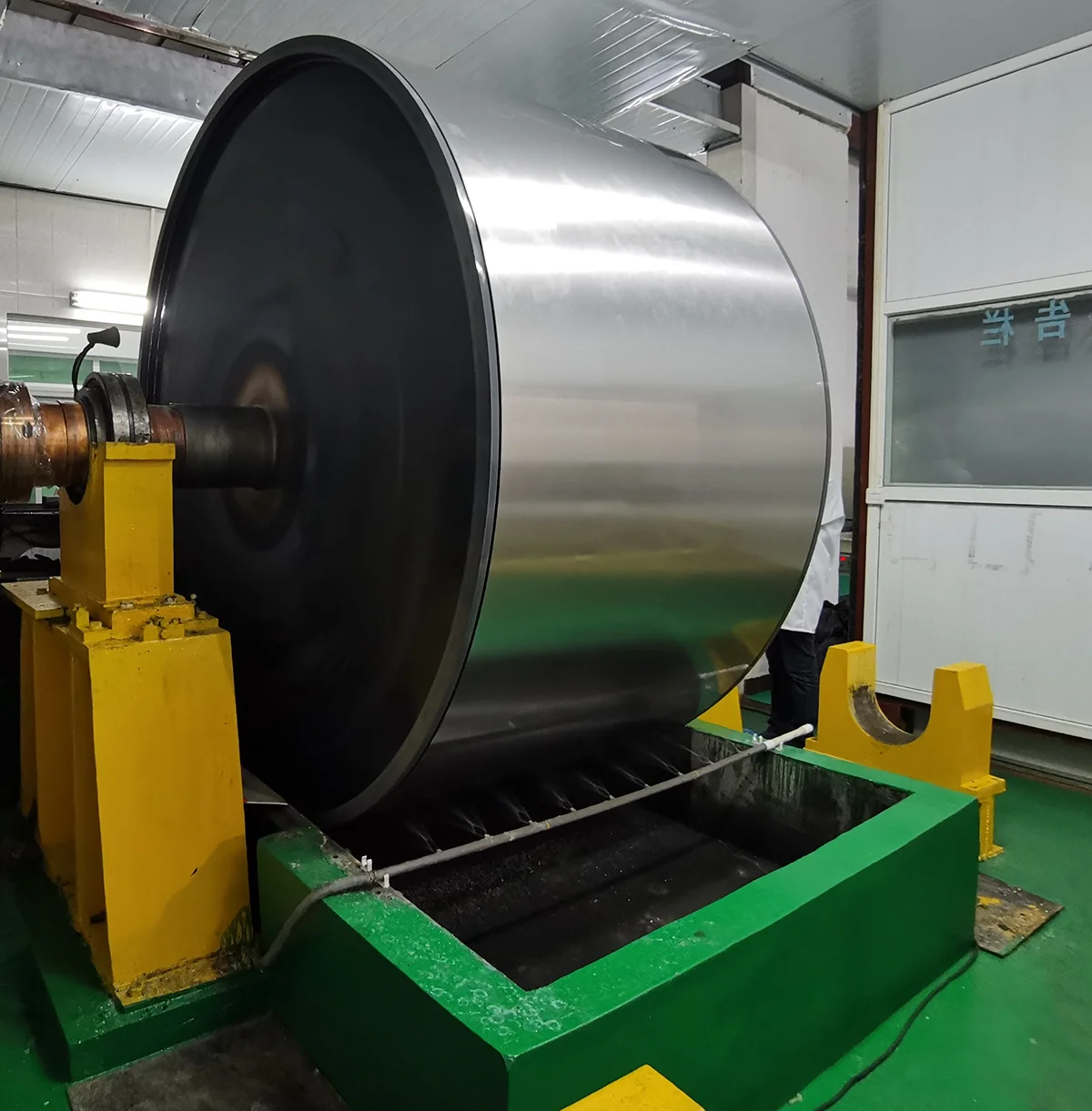When it comes to maximizing your performance at the gym, the right workout attire can make a significant difference. The material you choose to wear not only affects your comfort but also influences your overall workout efficiency. In this article, we will explore the best materials for gym wear, considering factors such as breathability, moisture-wicking properties, durability, and stretchability.
Understanding the Importance of Material
Before diving into specific materials, it’s essential to understand why the choice of fabric matters. The right material can enhance your performance by providing comfort, support, and temperature regulation. Conversely, poor fabric choices can lead to chafing, overheating, or restricted movement, ultimately hindering your workout.
Key Factors to Consider
- Breathability: This refers to how well a fabric allows air to circulate, which is crucial for temperature regulation during intense workouts. Breathable materials help keep you cool and dry, reducing the risk of overheating.
- Moisture-Wicking Properties: Fabrics that wick moisture away from the skin are essential for maintaining comfort during workouts. These materials draw sweat away from your body, allowing it to evaporate quickly, which helps regulate body temperature.
- Durability: Gym wear is subject to rigorous use, so the durability of the material is vital. High-quality fabrics can withstand repeated washing and the wear and tear of various exercises without losing their shape or functionality.
- Stretchability: Flexibility in gym wear is crucial for a full range of motion. Materials that offer good stretch will allow you to perform exercises without feeling restricted.
Top Materials for Gym Wear
- Polyester
Polyester is one of the most popular materials for gym wear due to its excellent moisture-wicking properties and durability. It dries quickly, making it ideal for high-intensity workouts. Additionally, polyester is lightweight and resistant to shrinking and stretching, ensuring that your gym clothes maintain their shape over time.
- Nylon
Nylon is another synthetic fabric that excels in performance. It is known for its exceptional stretchability and durability, making it a favorite for leggings and fitted tops. Nylon also has moisture-wicking capabilities, although it may not be as effective as polyester in this regard. However, its soft texture and ability to resist abrasion make it a comfortable choice for various workouts.
- Spandex (Lycra)
Spandex, often blended with other materials, is renowned for its elasticity. This fabric allows for a full range of motion, making it perfect for activities that require flexibility, such as yoga or pilates. While spandex alone may not wick moisture effectively, its blend with polyester or nylon can enhance overall performance.
- Merino Wool
For those who prefer natural fibers, merino wool is an excellent option. It is breathable, moisture-wicking, and temperature-regulating, making it suitable for both warm and cool conditions. Merino wool also has natural odor-resistant properties, which can be a significant advantage for long workout sessions.
- Bamboo Fabric
Bamboo fabric is gaining popularity in the fitness community due to its eco-friendly properties and natural moisture-wicking abilities. It is soft, breathable, and has antibacterial qualities, making it a comfortable choice for sensitive skin. Bamboo fabric is also biodegradable, appealing to environmentally conscious consumers.
Choosing the Right Material for Your Workout
When selecting gym wear, consider the type of workout you’ll be doing. For high-intensity training, opt for polyester or nylon blends that offer moisture-wicking and durability. For yoga or pilates, prioritize stretchable materials like spandex or a blend that includes it. If you’re exercising outdoors in varying temperatures, merino wool or bamboo fabric can provide the necessary comfort and performance.
Conclusion
In conclusion, the best material to wear to the gym depends on your specific needs and workout preferences. By understanding the properties of various fabrics, you can make informed choices that enhance your performance and comfort. Whether you opt for synthetic materials like polyester and nylon or natural fibers like merino wool and bamboo, the right gym wear can significantly impact your fitness journey. Remember, investing in quality materials is not just about aesthetics; it’s about optimizing your workout experience and achieving your fitness goals.

Average Rating